الكفاءة الذاتية المدركة وعلاقتها بالتفكير الحاذق لدى طالبات المرحلة الثالثة في كلية التربية البدنية وعلوم الرياضة _ جامعة البصرة
محتوى المقالة الرئيسي
الملخص
هدف الى التعرف على الكفاءة الذاتية المدركة كذلك التعرف على التفكير الحاذق وأخيرا التعرف على علاقة الكفاءة الذاتية المدركة بالتفكير الحاذق لدى عينة البحث وقد فرضت الباحثتان بوجود علاقة ارتباط ذات دلالة احصائية بين مقياس الكفاءة الذاتية المدركة ومقياس التفكير الحاذق.
وقد استخدمت الباحثتان المنهج الوصفي، وتم تحديد عينة البحث من طالبات المرحلة الثالثة في كلية التربيـة البدنيـة وعلـوم الرياضة / جـامعـة البصرة للعام الدراسي (2021-2022م)، حيث بلغ عدد مجتمع البحث (76) طالبة، اما عينة البحث فتم اختيارها بالطريقة العشوائية والبالغ عددها (20) طالبة، أي بنسبة (26.316%)، وبعد الانتهاء من التجربة الرئيسية واجراء المعالجات الإحصائية تم التوصل الى الاستنتاجات التالية: وجود علاقة إيجابية بين مقياس الكفاءة الذاتية المدركة ومقياس التفكير الحاذق. عينة البحث حققت مستوى جيد في التفكير الحاذق. امتازت عينة البحث بقدر كبير من الكفاءة الذاتية المدركة وتوصي الباحثتان بضرورة تعزيز الثقة بالنفس وخلق حالة من الحوار داخل الموقف التعليمي في الجامعة بما يتناسب مع روح العصر والمفاهيم.
تفاصيل المقالة

هذا العمل مرخص بموجب Creative Commons Attribution-NonCommercial 4.0 International License.
المراجع
Aldewan, L. H., & Aboud, R. M. (2015). The impact of a proposed curriculum lessons Educational motor using effective teaching In the development of creative thinking for the children of the preparatory stage. Journal of Studies and Researches of Sport Education, 42, 32–48. https://www.iasj.net/iasj/article/104025
Aldewan, L. H., & muhamad, rawaa. (2011). Measuring some General Thinking Patterns of Five-a-side Woman Players in West Asia championship. Journal of Studies and Researches of Sport Education , /(29), 9–25. https://www.iasj.net/iasj/article/51787
Aldewan, L. H., Noori, A. B., & Oda, M. J. (2022). The influence of the rofini model on learning some basic skills and sensory perceptions in the game of female tennis. Journal of Studies and Researches of Sport Education, 32(1), 16–27. https://doi.org/https://doi.org/10.55998/jsrse.v32i1.285
Al-Lahham, R., & Al-Adwan, F. (2022). Perceived self-efficacy and its relationship to psychological well-being among University of Jordan students. College of Education Journal, 38(2).
Çimen, E. (2022). The relationship between general self-efficacy and efficacy perception for skill teaching. Revista on Line de Política e Gestão Educacional, e022031. https://doi.org/10.22633/rpge.v26iesp.1.16507
Farhan, A. (2014). Constructive learning for people with dexterous thinking and its effect on dexterous thinking and its impact on achievement and learning the skills of crushing hitting and the wall of shell in volleyball. College of Education and Sports Sciences for Girls.
Hellige, J. (2001). , Hemispheric Asymmetry , Whats Right and Whats left (2nd ed.). First Harvard University Press.
Ibrahim, A. (2022). Life Satisfaction and its Relation to Self-Efficacy of Students in the College of Physical Education and Sports Sciences/ Tikrit university. Sport Culture, 13(1), 139–152.
Mashkoor, N., Obaid, A., & Ali, A. (2017). The impact of the use of an integrated approach in learning the effectiveness of the payment of gravity for the students of the first stage. Journal of Studies and Researches of Sport Education, 51.
Muhammad, Q. (2004). Judgment and Ola are prone to decision-making among university students. University of Baghdad.
Mustafa, B. (2015). Cognitive Motivation and its Relationship to Its Beginning in an Image Resulting from the Self-Image in the Post-Preparatory Stage in the Nazareth Region. Amman University.
Oudah, M. J., Aldewan, L. H., & Hchaya, H. M. (2022). Building a Scale of Systems Thinking in Tennis. Journal of Studies and Researches of Sport Education, 32(2), 18–27. https://doi.org/https://doi.org/10.55998/jsrse.v32i2.341
Saaed, F. (2012). The relationship between perceived self-efficacy, metacognitive reasoning, and academic achievement.
Shehata, M. (2011). Measuring Personality. Dar Al-Masirah for Publishing and Distribution.
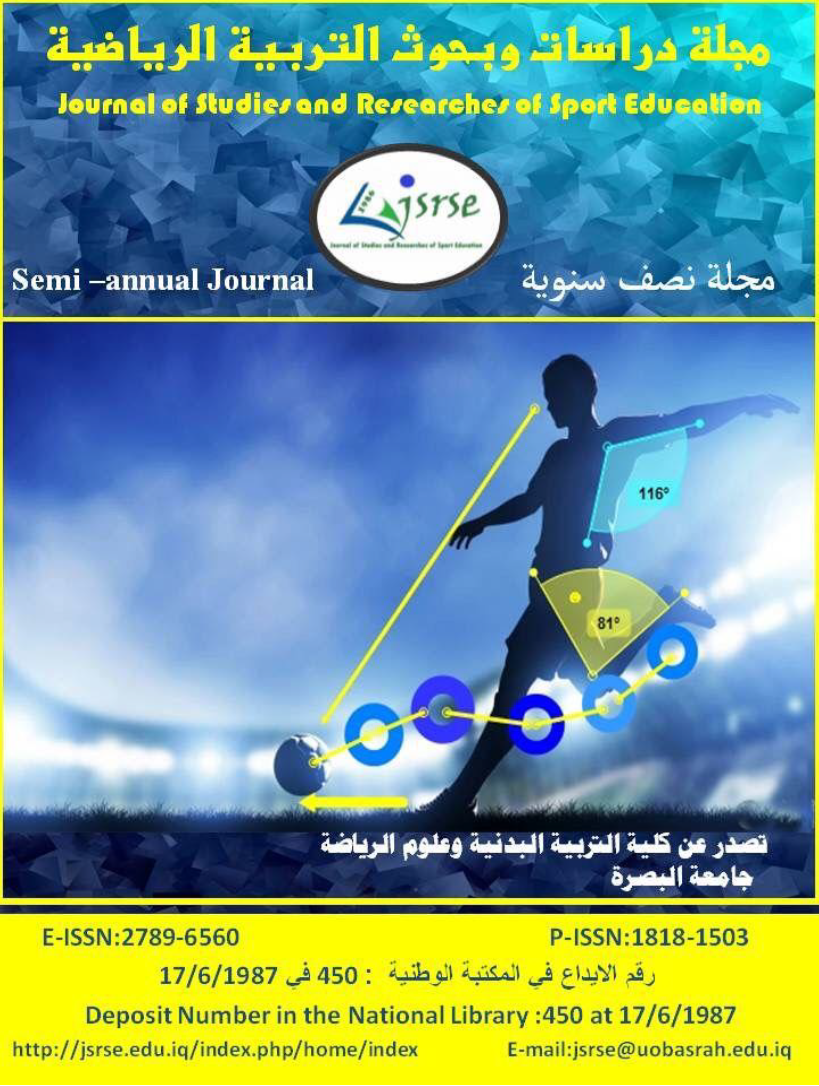




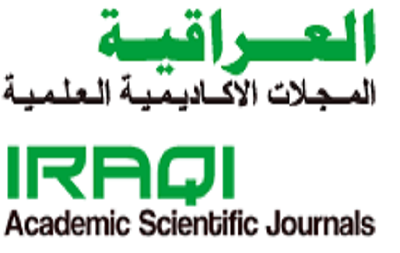 IASJ
IASJ CC-BY-4.0
CC-BY-4.0 turnitin
turnitin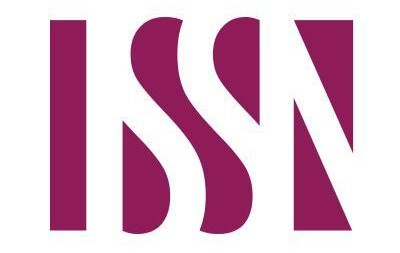 ISSN
ISSN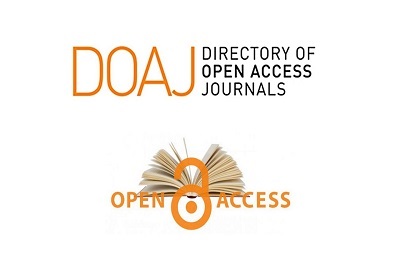 DOAJ
DOAJ Crossref
Crossref GoogleScholar
GoogleScholar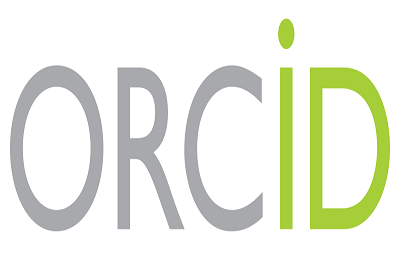 Orcid
Orcid